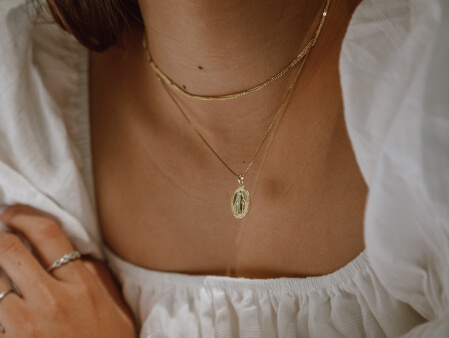Hublot Clone History, Big Bang Origins
How did Hublot clone watches develop, and why do they remain so popular in 2025? To answer this, we need to look back at the Big Bang’s launch in 2005 and how Hublot set itself apart with bold designs, innovative materials, and signature case screws. These features became the DNA of the brand and are now faithfully reproduced in high-quality super clones.
In this article, we’ll trace the history of Hublot from the Big Bang origin to later models like the Classic Fusion and Spirit of Big Bang. We’ll explore how innovative materials shaped Hublot’s reputation and how replicas mirror these elements. We’ll also compare how Hublot super clones evolved alongside other categories like Cartier replica watches, showing how modern replica craftsmanship captures both boldness and precision.
If you want to understand the evolution of Hublot clones, this history will give you the key milestones and why they matter today.
The Big Bang Origin – 2005
The Big Bang, introduced in 2005, was a turning point for Hublot. Its oversized case, exposed screws on the bezel, and fusion of steel, ceramic, and rubber gave it an aggressive identity. This watch challenged traditional Swiss design and set a new standard for sport-luxury timepieces. Early replicas struggled to capture its scale and materials, but they marked the beginning of the Hublot clone journey.
Classic Fusion – A Refined Alternative
After the success of the Big Bang, Hublot introduced the Classic Fusion line. This collection was slimmer, dressier, and designed for those who wanted Hublot’s identity in a more versatile package. Super clones of the Classic Fusion replicate its minimalist dial, thin case, and elegant strap options. By 2025, these replicas remain a popular choice for buyers who prefer subtle luxury.
Spirit of Big Bang – Barrel Case Innovation
The Spirit of Big Bang expanded Hublot’s design language with a tonneau (barrel) shaped case. This model reinforced Hublot’s reputation for innovation and boldness. Replica makers followed suit, producing convincing versions that mirror the layered construction, exposed screws, and integrated straps. For collectors who want a statement piece, Spirit of Big Bang super clones offer striking alternatives.
Innovative Materials and Replica Craftsmanship
One of Hublot’s biggest contributions to watchmaking is its use of unconventional materials like carbon fiber, ceramic, and colored sapphire. Replicas have adapted by introducing ceramic bezels, carbon-like textures, and rubber straps that mimic the originals. While not always matching the proprietary blends of Hublot, these clones come close in both look and feel, making them strong contenders in the replica market.
Signature Screws and Case Construction
The “H” shaped screws on the bezel and the modular case design are unmistakable Hublot traits. Replica makers quickly learned to copy these details, ensuring accurate screw alignment and case layering. These features make Hublot clones instantly recognizable and closer to genuine models with every new version.
How Hublot Clones Evolved
Early Hublot replicas often felt oversized and lacked proper finishing. Over the years, improvements in machining, finishing, and movement decoration allowed replicas to better match the originals. By 2025, Hublot clones offer solid construction, sapphire crystals, and reliable automatic movements, placing them alongside respected categories such as Cartier super clone watches in terms of quality.
Final Thoughts
The story of Hublot clones begins with the bold Big Bang in 2005 and continues with the Classic Fusion and Spirit of Big Bang. With innovative materials, signature screws, and daring design, Hublot carved out its place in watchmaking history. Today, Hublot super clone watches replicate this evolution with remarkable accuracy, making them accessible to watches enthusiasts who want the brand’s bold style without the luxury cost.







Add comment